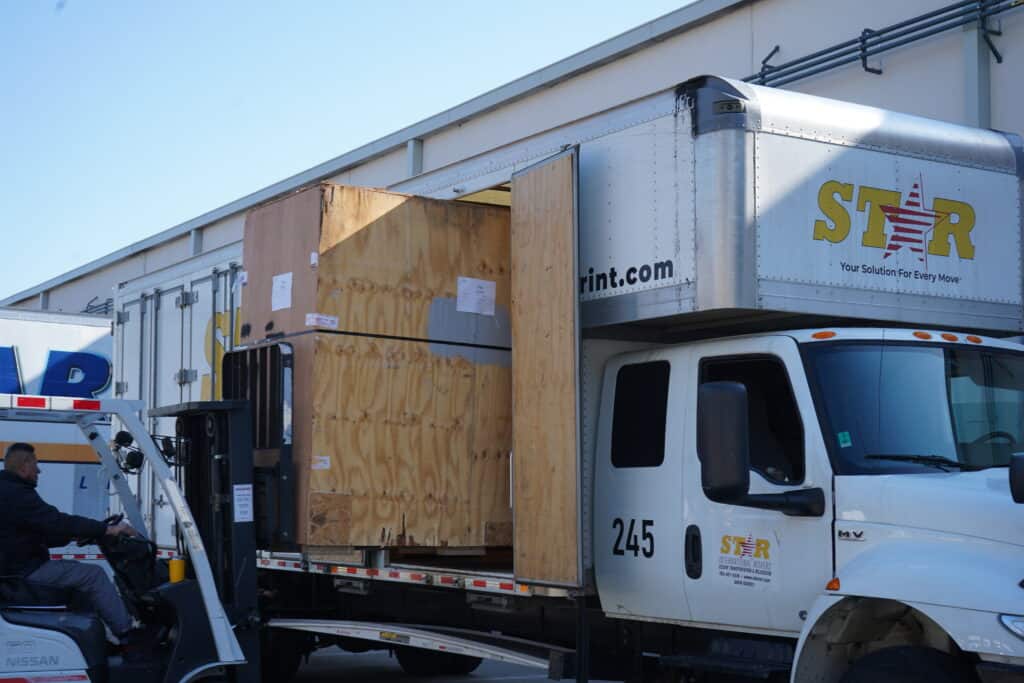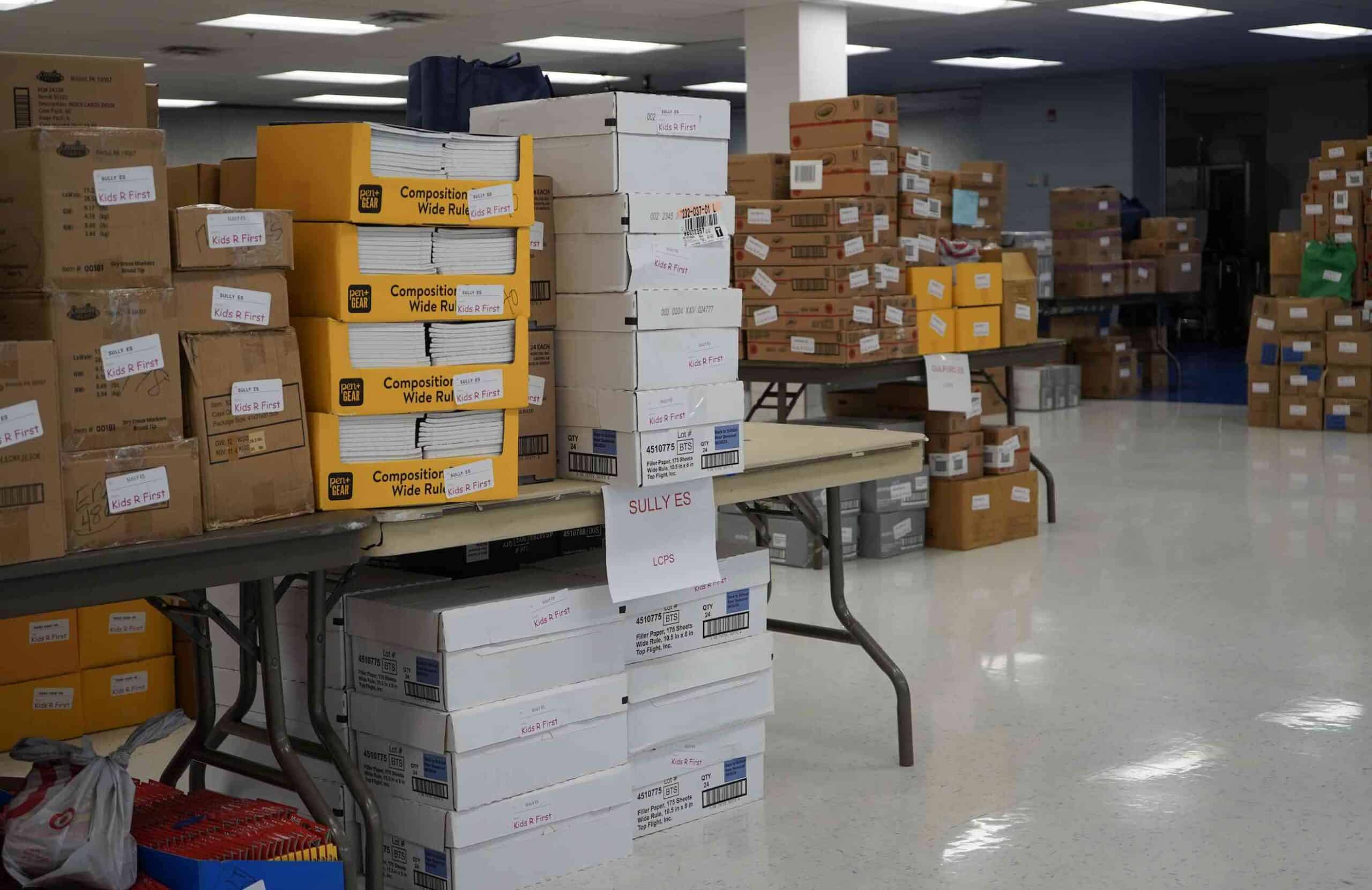A winter move might look scary at first glance, but you’ll find some unexpected perks. The moving industry slows down during December through February. This means better prices and more flexible scheduling options from moving companies. The real estate market cools down too. House prices tend to drop and mortgage rates become more attractive during these months.
The winter season brings its own challenges that need proper planning. Bad weather might force a change in your schedule. Safety concerns can make the process take longer than usual. Our team gathered top tips from professional movers that will help you direct your move through the cold season. You’ll learn the basics – from checking weather updates to keeping your items safe in freezing temperatures. The right preparation can make your winter move smooth and hassle-free, even in chilly conditions.
Check the Weather and Stay Flexible
Winter weather can disrupt even the best-planned moves. Snowstorms, freezing temperatures, and icy conditions need extra planning to keep your move on track.
Monitor forecasts for both locations
Winter weather’s unpredictable nature makes forecast monitoring a must. You should check weather conditions at least a week before your move date and keep tracking until the movers show up. Weather patterns need monitoring not just at your current spot but also at your destination city and along the entire moving route.
Most moving experts suggest using dedicated weather apps or websites that give detailed forecasts and storm alerts. These tools help you stay ahead since winter conditions change faster, which affects road safety and access.
Winter days give you roughly 12 hours of daylight, so planning your moving timeline is vital. Early day scheduling helps you make the most of available daylight and gives you extra time if weather slows things down.
Have a backup plan for delays
Your best friend during winter moves is flexibility. Moving professionals stress the need for backup plans since winter moves take more time to load and transport.
A buffer in your moving schedule helps handle unexpected delays without throwing off your whole timeline. Here are some smart precautions:
- Pick a backup moving date for severe weather
- Know your accommodation options along the route
- Pack overnight essentials in case you need to stop
- Have temporary storage ready if delivery gets delayed
Winter storms might shake up your careful moving plans, and you might need temporary housing or different travel plans. Getting ready for these possibilities helps avoid last-minute chaos.
Know your mover’s rescheduling policy
Your moving company’s weather-related policies deserve a close look before finalizing winter moves. Moving companies usually show more flexibility during winter months because they understand cold weather challenges.
Keep talking with your moving coordinator throughout the process. They’ll guide you through possible weather issues and explain how their teams handle tough conditions. Good companies usually give you personal move coordinators who prep you for what’s coming and help reschedule if dangerous weather hits.
Safety comes first. Moving teams might need extra time to work through snowy or icy conditions safely, which could stretch your moving timeline. A little patience helps ensure everyone stays safe during your winter move.

Prepare Your Home for Safe Moving
Safety should be your top priority as you get your home ready for a winter move. Good preparation keeps everyone safe and makes the whole process run smoother with less stress.
Clear snow and ice from walkways
Your first task before the movers show up is to clear all snow and ice from driveways and paths at both houses. This creates safe paths for movers who’ll carry heavy items. You’ll need to shovel every surface they’ll use – sidewalks, paths, driveways, and stairs. A snowblower would come in handy right now. You could borrow one from a neighbor or get professionals to handle the plowing and shoveling. This takes one task off your plate on an already busy day. Good lighting on all paths helps everyone stay safe, since winter days are short.
Use salt or sand for traction
The surfaces need treatment after snow removal to stop dangerous slips and falls. Salt and sand do different jobs – salt melts ice while sand gives you better grip. Salt only works when temperatures stay above 12 degrees Fahrenheit. Space out the salt granules when you spread them – a 12-ounce coffee cup of salt covers 10 sidewalk squares or a 20-foot driveway. Sand works no matter how cold it gets and won’t harm your plants or concrete. Steep or extra icy spots might need both: salt to melt the ice and sand to help people keep their footing. This lets your movers safely carry your stuff without slipping.
Lay down floor protection inside
After you’ve secured the outdoor areas, your indoor floors need protection too. Put floor mats at every entrance to catch snow and water before it gets tracked inside. Cover high-traffic areas with protection that matches your floor type. Plastic sheeting works great for carpets, while corrugated cardboard protects hardwood or tile best. Tile floors that will see dolly traffic need tougher protection like X-Board or Ram Board. The floor coverings should be taped down with painter’s tape so they stay put. This keeps both your old and new homes safe from damage.
Pack Smart for Cold Weather
Cold weather can affect your belongings by a lot during winter moves. You need proper packing techniques to protect your items.
Double-wrap fragile items
Cold weather makes fragile items more brittle, so they need extra protection. Combine bubble wrap with blankets to insulate and cushion them. Your glass containers, china, and crystal need special care – let them reach room temperature before unpacking to avoid breakage.
Keep electronics with you
Electronics don’t handle extreme cold well. Most devices work best above 32°F, and their internal components can get damaged by condensation. Transport computers, TVs, and other electronics in your personal vehicle where temperatures stay stable. If that’s not possible, wrap them in moving blankets and wait a full day before plugging them in at your new place.
Bundle winter essentials in a separate bag
Keep your winter gear like gloves, hats, boots, and warm clothes in an easy-to-reach duffel bag or backpack. Pack some snacks and warm drinks to stay energized while moving.
Use plastic wrap for furniture
Plastic wrap shields against moisture and dirt. Cover each furniture piece with blankets first, then secure everything with stretch wrap. This two-layer method provides insulation and protection.
Avoid leaving items in trucks overnight
Your belongings should never stay in vehicles overnight during winter moves. The temperature drops quickly and turns your moving truck into a freezer that can damage your stuff.
Take Care of People and Pets
People and pets need significant care during winter moves, yet many overlook this human aspect that leads to a successful relocation.
Dress in layers and keep gloves handy
Layering provides the best defense against winter moving conditions. Your outfit should include moisture-wicking base layers, insulating middle layers, and a waterproof outer shell. You’ll need thermal gloves that let you move freely and grip boxes firmly. Slip-resistant boots become vital equipment to prevent dangerous falls on icy surfaces.
Board pets or arrange pet care
Pets struggle with winter moves. Temperature changes and constant door opening can leave your animals feeling lost and confused. You might want to board your pets or ask friends to watch them during the move. Your pets should stay in a warm, quiet room away from all the activity if they need to remain with you. Their familiar bedding and toys will help them feel secure.
Arrange childcare if needed
Winter relocations demand extra planning for children’s safety. School closures due to extreme weather can throw parents’ moving plans into chaos. A solid backup plan becomes necessary. Ask family or friends to watch your children so you can concentrate on the move itself.
Keep snacks and warm drinks available
Set up a cozy warming station with coffee, tea, or hot chocolate ready to go. A slow cooker helps maintain hot drinks throughout the day. Energy-packed snacks like trail mix, nuts, and whole grain options keep everyone’s strength up without making them feel sluggish.
Conclusion
Moving in winter comes with its challenges, but good preparation really makes a difference. Snow and ice might look scary at first. The colder months actually give you some great advantages – you’ll find lower rates, better availability and more flexible scheduling options.
Your safety should be the top priority during winter moves. A secure environment needs clear pathways, good traction and proper floor protection. Smart packing helps protect your stuff from harsh cold. You need to pay extra attention to electronics and fragile items because they become more vulnerable in low temperatures.
The weather’s unpredictability is probably the biggest challenge you’ll face. You should watch forecasts closely and keep your schedule flexible. Most professional movers know these challenges well and let you reschedule easily during winter.
Taking care of yourself, your family and pets is just as important as protecting your belongings. Everyone handles moving day stress better when you dress right, arrange care for kids and pets, and keep warm drinks handy.
Winter moving doesn’t need to overwhelm you. With the right knowledge and preparation, you can have a smooth, budget-friendly experience. Remember to plan well, stay flexible, and trust your professional movers to guide you through your cold-weather move.
FAQs
Q1. Is it cheaper to move during winter months? Yes, moving during winter can be more cost-effective. December through February are considered off-peak months for moving companies, often resulting in lower rates and more flexible scheduling options.
Q2. How should I prepare my home for a winter move? To prepare for a winter move, clear all snow and ice from walkways, use salt or sand for traction, and lay down floor protection inside. This ensures safety for movers and protects your floors from moisture and damage.
Q3. What special precautions should I take when packing for a winter move? When packing for a winter move, double-wrap fragile items, keep electronics with you if possible, and use plastic wrap for furniture. It’s also important to avoid leaving items in moving trucks overnight to prevent cold damage.
Q4. How flexible should I be with my moving date during winter? It’s crucial to remain flexible with your moving date during winter. Monitor weather forecasts closely, have a backup plan for delays, and familiarize yourself with your mover’s rescheduling policy in case of severe weather conditions.
Q5. What should I do to take care of myself and others during a winter move? To take care of yourself and others during a winter move, dress in layers, keep warm drinks and snacks available, and consider arranging childcare or pet care. These steps help ensure everyone’s comfort and safety throughout the moving process.






